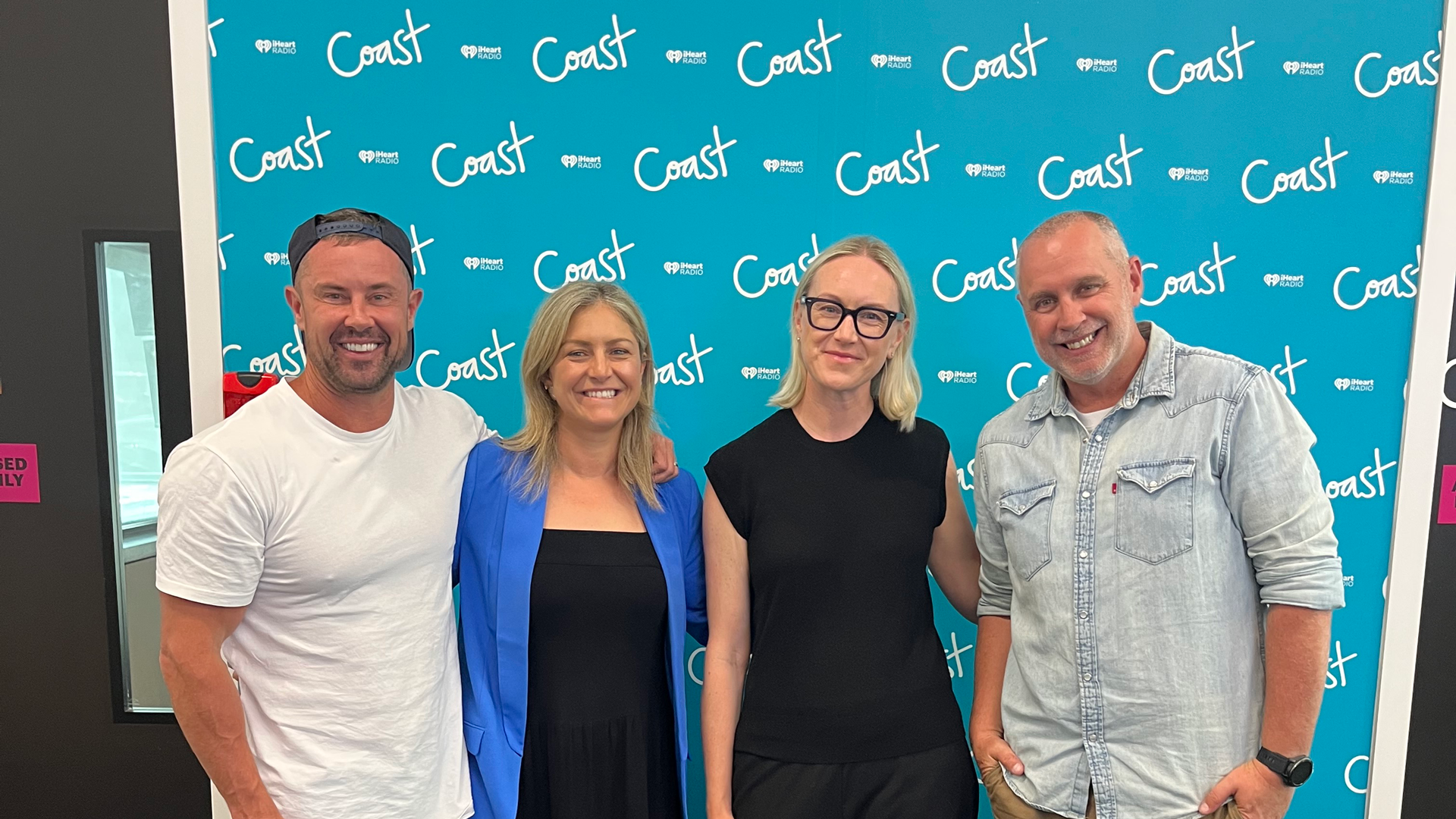The global plastic problem is very real and growing fast. Globally, about 50kg of plastic waste is generated per person per annum. In developed economies, it can be 4-5 times that. Unlike the gaseous emissions generated from burning fossil fuels, plastic pollution is easily visible. While we may feel the warming effects of greenhouse gases, we can physically see discarded packaging clogging our water ways and washing up on our beaches.
Global plastic production weighs in around 400 million tonnes per year – and is set to more than double by 2040 at current consumption rates (UNEP, 2023). Plastics are made from fossil fuels, just like the petrol we use to fuel our cars and the gas we use for our stoves. A total of 9-10% of fossil fuels extracted globally are used by the petrochemicals industry, which provides the building blocks for plastics, and contributes about 4% of total global emissions.
Plastic is not all bad; it is an unbelievably versatile, durable material with applications in health, food safety and energy efficiency, given its lightweight properties. There are, and will continue to be, many applications for plastics in every sector.
But something must be done to curb the rapid growth of plastic waste. By its very nature, plastic is extremely difficult to break down and doesn’t biodegrade, which means the problem grows every year. The detrimental impacts to the environment are now well known; harming unsuspecting marine life, smothering seagrass and coral, and introducing toxins into the natural environment. In an urban setting, plastics are washed into waterways, blocking stormwater drains and contributing to flooding and infrastructure damage.
Direct impacts to human and animal health are caused by micro and nanoplastics, which are extremely small fragments of plastic ingested or absorbed by the body. Recent research into the impact of microplastics in the human body is alarming, indicating links to endocrine disruption, respiratory and cardiovascular diseases and cancer.
Businesses recognise both the environmental and reputational harm posed by plastic waste; no company wants packaging badged with their logo contributing to pollution. Consumer goods companies have been setting lofty recycling targets for the better part of the decade, but have often found there are insufficient or inconsistent regulations in place to enable the recycling industry to scale economically.
That might be about to change. The UN is taking tangible action to end plastic pollution in the form of the Global Plastics Treaty. In essence, delegates representing more than 160 countries, including Australia and New Zealand, have convened to discuss what legally binding steps need to be taken to eliminate plastic waste. Proposals include agreements to cap virgin plastic production, implementing uniform global recycling systems, supporting innovative recycling technology, and mandating Extended Producer Responsibility (ERP) for companies that produce plastic products.
None of these will be simple tasks – but the core principles that underlie these proposals are.
Reduce the absolute global production of virgin plastic (made from fossil fuels), and the production of single-use plastic products.
Reuse plastic products, such as packaging or containers.
Redesign plastic materials to ensure recyclability and minimise the overall volume of plastic required, and redesign the networks used to collect and sort plastic waste.
Recycle plastic waste back into the value chain.
Fundamentally changing the way the world uses plastic will be very disruptive – and while disruption can present risk, it also creates opportunities for innovation and new business.
The Global Plastics Treaty will impact companies Milford owns in many different sectors, from Consumer Goods to Waste Management. US company CCEP, a beverages distribution business, has market-leading corporate targets to combat plastic pollution, including voluntary 100% recycled content targets and a “one for one” commitment to recycle the same number of bottles and cans as they sell into the market1. This sort of early voluntary action places CCEP at an advantage to peers as global plastic regulation continues to come into force, securing supply and reducing regulatory risk for the company.
Ambitious companies like CCEP are vital to accelerating the plastics recycling industry, providing robust demand and signing contracts that underwrite the significant capital expenditure required to expand global recycling infrastructure.
A beneficiary further downstream in the value chain is the aptly named US waste management company, Waste Management. Already the largest recycler of post-consumer materials in the US with 97 facilities, Waste Management has positioned circularity at the core of its business growth strategy, with more than $1 billion of capital earmarked for circularity solutions through 2026.
Waste Management is at the forefront of advancing industrial scale recycling plants, using AI to more efficiently and economically collect and sort recyclable materials from waste streams, narrowing the cost differential between virgin and recycled plastic.
Last but not least, US company Eastman Chemical Company has recently opened the largest polyester recycling facility in the world. Eastman has developed an industrial-scale chemical recycling technology which can convert otherwise-unrecyclable polyesters into virgin-quality feedstock, a grade difficult to achieve with conventional recycling methods.
Given the lower competition (and thus lower price) for waste polyester feedstock, and the green premium attached to high-quality recycled material, Eastman’s margins on this product have the potential to be significantly higher than those of both virgin and traditional recycled plastic producers.
The company is also set to receive north of $375 million2 of support from the US State and Federal Governments to build a second facility in Texas. This pivot in Eastman’s portfolio positions it well to leverage the opportunity that increasing plastic regulation will provide.
The negotiations on the UN Global Plastics Treaty remain ongoing, and there are many sticking points that must be ironed out – but this is certainly a firm step forward for global circularity and those industries that enable it.
Footnotes:
- CCEP targets 100% PET bottles to be 100% recycled PET by 2030, 50% recycled PET by 2025, and 100% “1 for 1” collection and recycling target by 2030.
- Eastman has been selected by the Department of Energy (DOE) to begin award negotiations for up to $375 million in Bipartisan Infrastructure Law and Inflation Reduction Act funding as part of the Industrial Demonstrations Program (IDP). Eastman also obtained state and local tax incentives in support of the project totalling ~$70 million.


